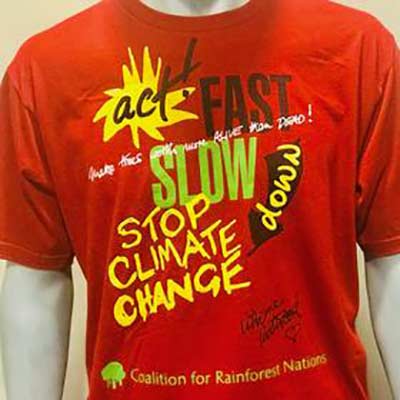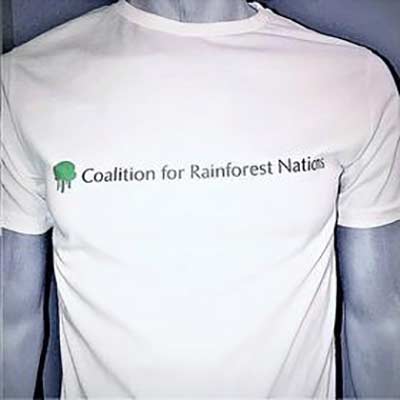
Country News: CfRN supports Dominican Republic to set Emission Reduction Targets through preservation of Rainforests.
In 2020, the Dominican Republic (DR) submitted new targets for reducing its emissions and slowing deforestation through its Forest Reference Levels (FRLs). These reference levels serve as a benchmark for assessing each country’s performance in slowing deforestation through the Reducing Emissions from Deforestation and Degradation mechanism (REDD+). Since April this year, CfRN has been supporting DR with its Forest Reference Levels.
CfRN has been coordinating a series of sessions with different national entities within the DR. Technical discussions have taken place to review activity data, emission factors, and other necessary data; as well as a series of trainings on topics such as greenhouse gas inventories, cross-cutting issues, Inter-governmental panel on climate change (IPCC) methodologies, coherent land representation, Quality Assurance / Quality Control (QA/QC), Collect Earth data processing, and other topics.
As coordination among different data providers is key in the process, experts from the following departments and directorate of the Ministry of Environment and National resources have taking part of these weekly sessions: The Climate Change Metrics and Transparency Department and the Climate Change Mitigation Department from the Climate Change Adaptation and Mitigation Direction. The Vice Ministry of Forest Resources, Forest Monitoring area and Environmental Information and Natural Resources Direction (DIARENA).
Two main areas have been addressed so far: land use activity data and forest-related emissions factors.
- For activity data, DIARENA team worked on new data collection where more than seven thousand sampling points were assessed to build a consistent time series of land representation from 2000 to 2018. CfRN is now supporting the quality control (QC) of these plots and providing training on best practices to implement complete and robust QC protocols. These data will be the basis for the construction of the GHG inventory and updating of the FREL. This was of the main suggestions the FREL assessment team determined as priority area to be addressed.
- For emission factors, CfRN is supporting the review of all existent data collected by the national teams such as the Forest Inventory. Several discussions have taken place with DR experts to harmonize concepts, definitions, methods and select the most updated, complete and representative data for the GHG inventory and the FREL.
Moreover, technical discussions have also taken place with the mitigation team, which is working closely with the GHG inventory team. The aim has been to harmonize the commitments the country has regarding its NDCs and how the MRV system will be established for the AFOLU sector to monitor the results of the implementation of the NDC proposed activities and how this progress will be reflected in the national GHG inventory.
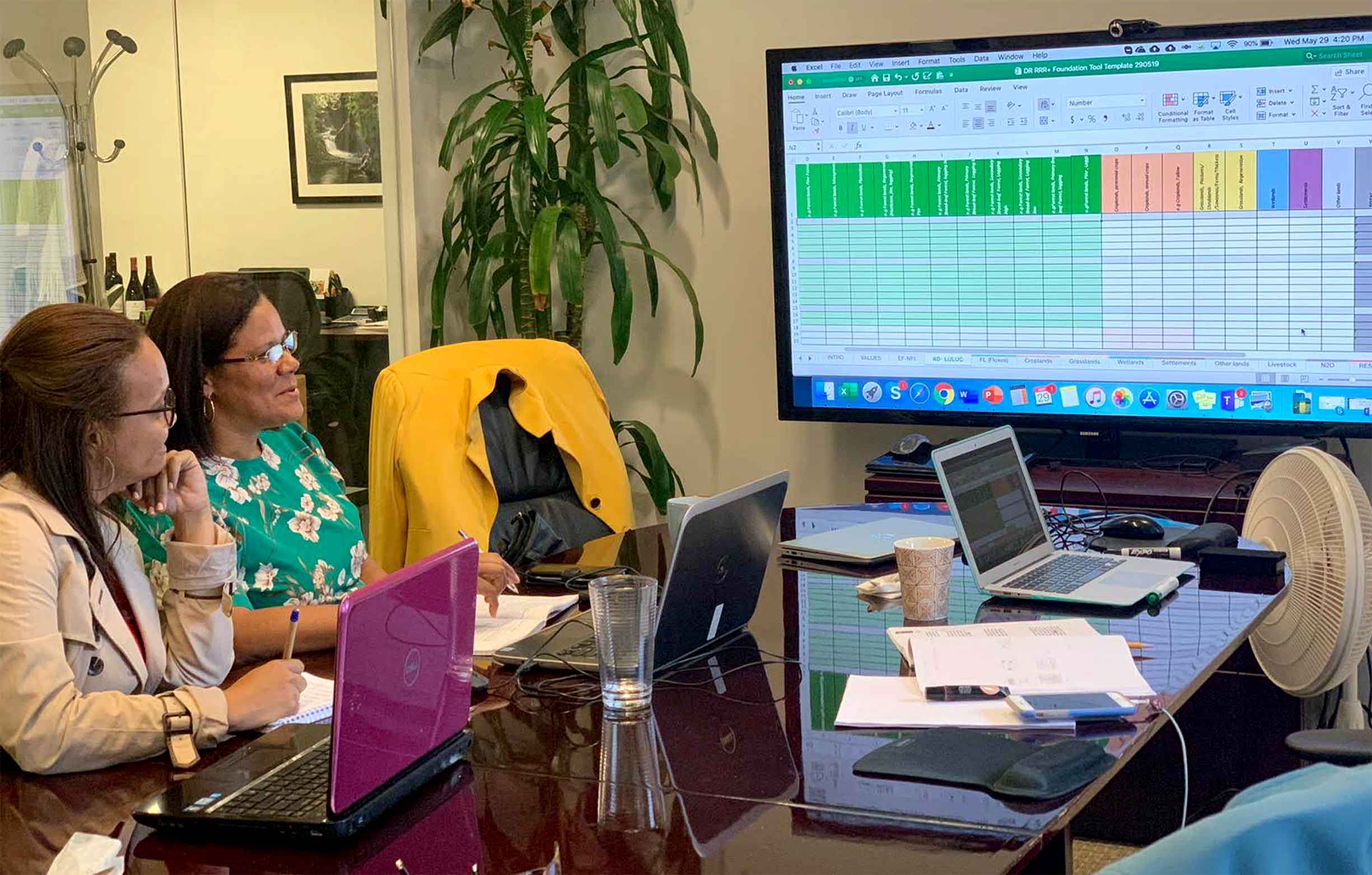
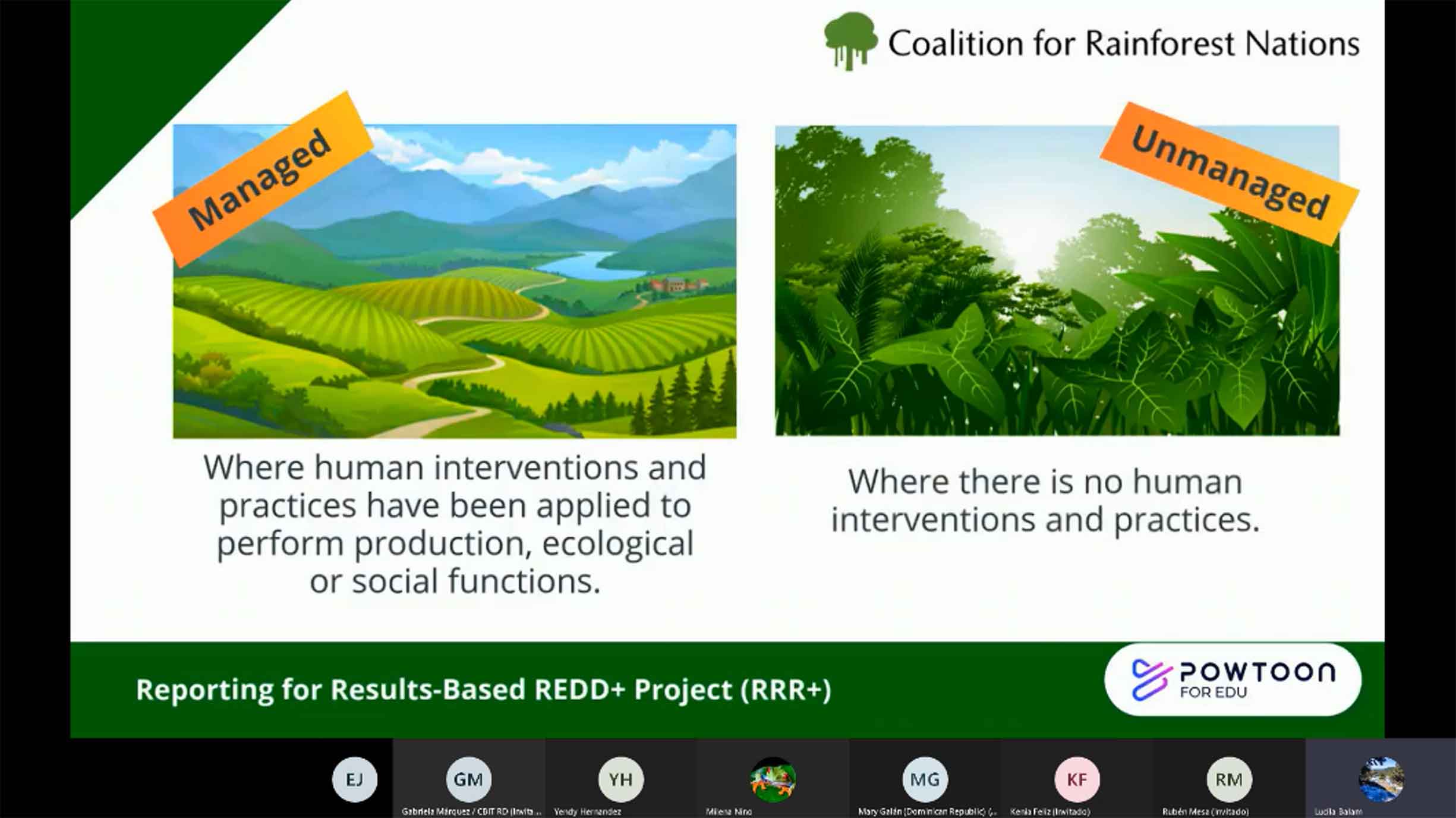
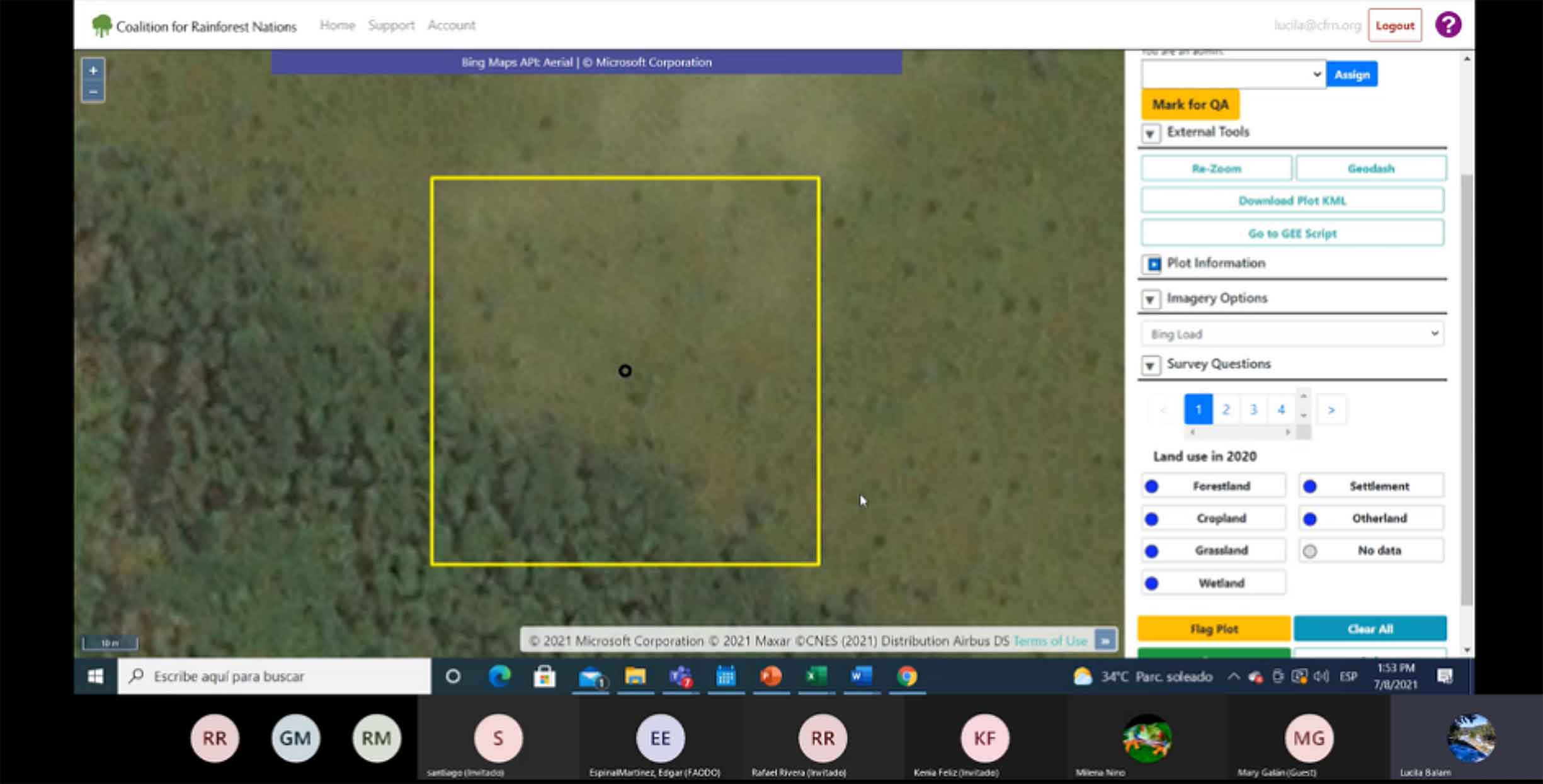
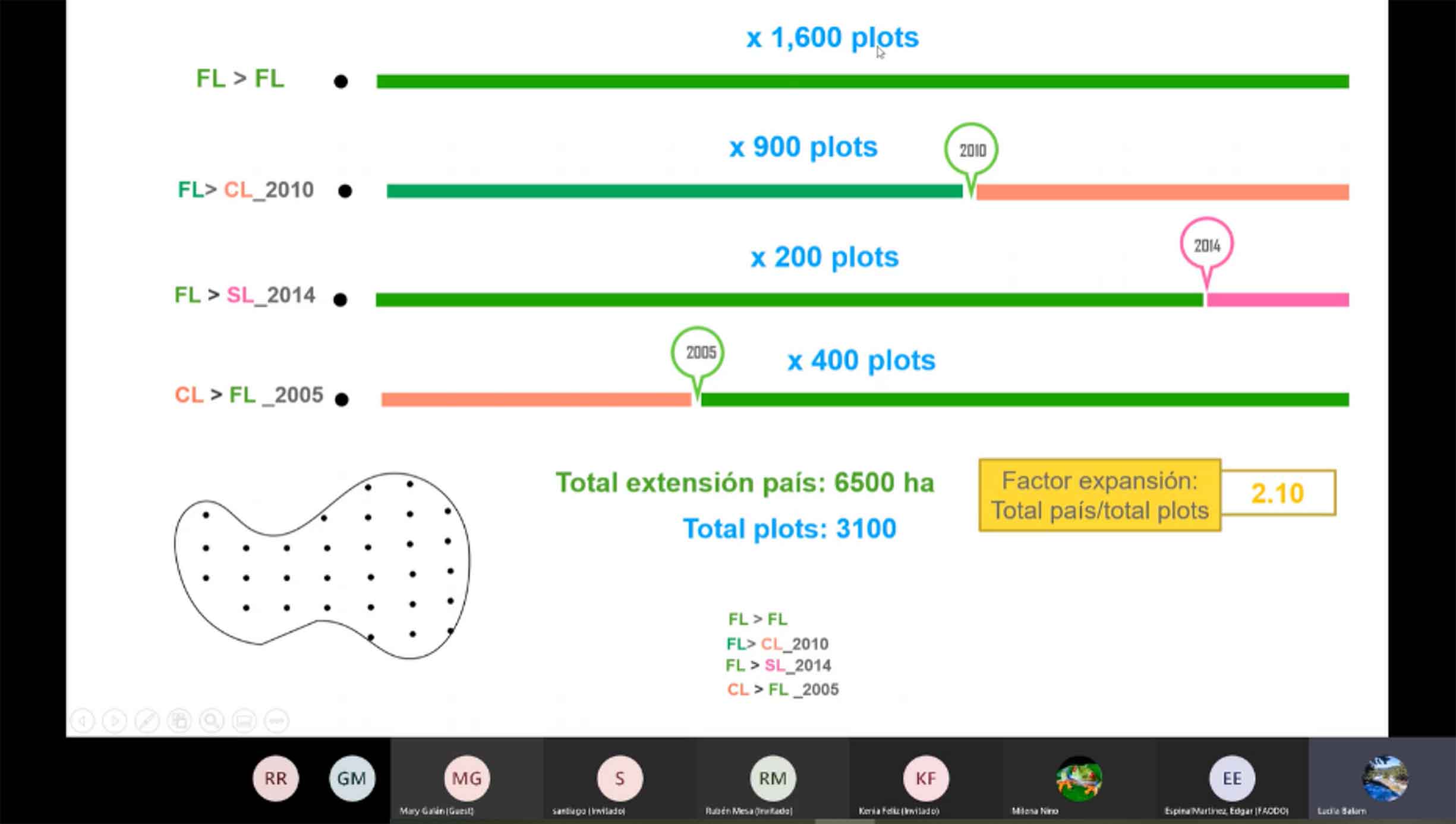
For activity data, DIARENA team worked on new data collection where more than seven thousand sampling points were assessed to build a consistent time series of land representation from 2000 to 2018. CfRN is now supporting the quality control (QC) of these plots and providing training on best practices to implement complete and robust QC protocols.

